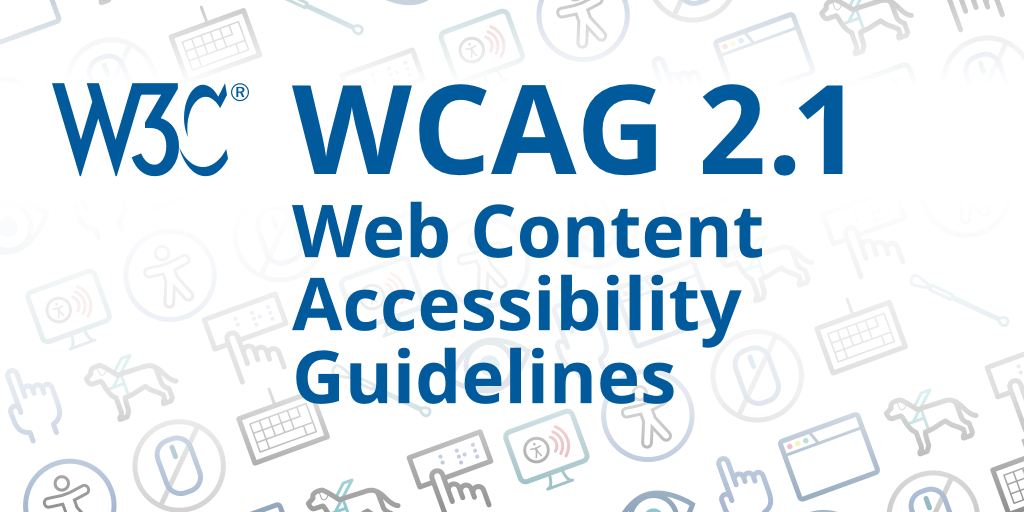 The W3C Advisory Committee has elected the following people to fill four seats in a special election of the W3C Advisory Board: Qing An (Alibaba Group), Tantek Çelik (Mozilla Foundation), Elika J Etemad (W3C Invited Expert), Charles Nevile (ConsenSys). Many thanks to the 11 candidates.
The W3C Advisory Committee has elected the following people to fill four seats in a special election of the W3C Advisory Board: Qing An (Alibaba Group), Tantek Çelik (Mozilla Foundation), Elika J Etemad (W3C Invited Expert), Charles Nevile (ConsenSys). Many thanks to the 11 candidates.
The newly elected participants join continuing Advisory Board fellows Heejin Chung (Samsung), Wei Ding (Huawei), Tatsuya Igarashi (Sony), Florian Rivoal (W3C Invited Expert), Tzviya Siegman (Wiley), Avneesh Singh (DAISY Consortium), Chris Wilson (Google).
Many thanks to David Singer (Apple), Eric Siow (Intel), Léonie Watson (TetraLogical), and Hongru Zhu (Alibaba) who stepped down to focus on being members of the W3C Board of Directors.
Created in March 1998, the Advisory Board provides ongoing guidance to the W3C Team on issues of strategy, management, legal matters, process, and conflict resolution. The Advisory Board manages the evolution of the Process Document. The elected Members of the Advisory Board participate as individual contributors and not representatives of their organizations. Advisory Board participants use their best judgment to find the best solutions for the Web, not just for any particular network, technology, vendor, or user. Read more about the Advisory Board and its work.

